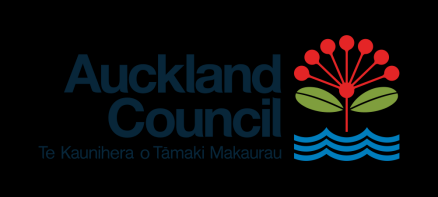 Interpreting noise complaint history reports
Interpreting noise complaint history reports
Reports of noise complaints received by Council and how they have been resolved are regularly provided to
interested parties. Some information is set out below on the terms used in the reports and their meanings.
RFS number – The unique, sequential reference number for the complaint assigned by the operator when the
complaint is first entered
Interaction received date & time – the date and time on which the complaint was entered on the Council
system
Date and time on site – the date and time that the noise control officer recorded being on the site of the noise
complaint.
Outcome – The result of that particular attendance to site. A variety of outcomes are possible including;
No Noise - There was no noise audible at the time of the officer’s visit. No action could be
taken
Not Excessive – Noise was audible but was not considered to be excessive by the noise
control officer. No action could be taken.
Excessive Noise Direction Served – An Excessive Noise Direction Notice was served requiring
the noise to be reduced to a reasonable level and to be kept down for the following 72
hours.
Notice of Non-compliance Served – There was a breach of the Excessive Noise Direction and
a notice advising of that has been served to the property. An infringement fine of $500.00 is
the normal outcome of this notice being served.
Seizure Undertaken – The Noise Control Officer has obtained Police assistance and has
seized and removed noise making equipment from the property. The seized equipment can
only be returned if the Council’s costs of seizure are paid, and the Council is satisfied that the
return of the equipment will not lead to a resumption of the excessive noise.
Stood Down No Callback – To reduce complaints of short duration daytime noise that would
otherwise tie up resources, during daylight hours, i.e. between 8:00am and 8:00pm) a
second call to the Council contact center is required before a Noise Control Officer is
dispatched.
Refer to Police – The situation was deemed either unsafe for the noise control officer or
there was other activity on site that required Police attention.
Alarm disconnected – An unattended security alarm has been disconnected by the Noise
Control Officer/to prevent an ongoing noise nuisance.
Refer to dispatch – The complaint was referred back to the Auckland Council dispatch team
by the officer. This can be for a variety of reasons, including being assigned to an incorrect
contractor, further information needed etc.
Please note that the Resource Management Act 1991 only allows an excessive noise direction to require the
noise to be reduced for a maximum of 72 hours. After 72 hours, the notice expires and is no longer valid.
Further complaints need to be made to the Council if the excessive noise resumes..
135 Albert Street | Private Bag 92300, Auckland 1142 |
aucklandcouncil.govt.nz |
Ph 09 301 0101
